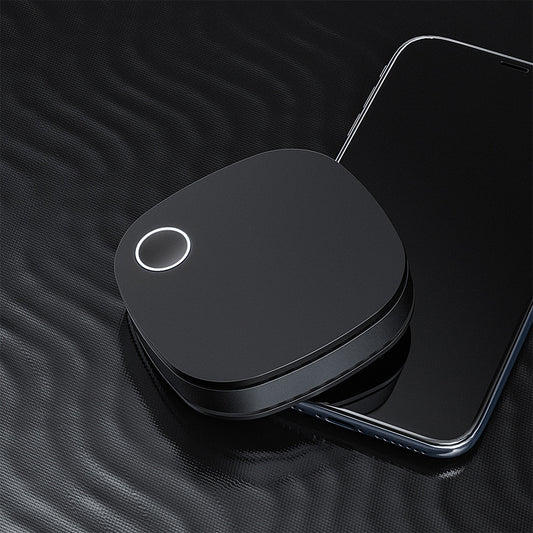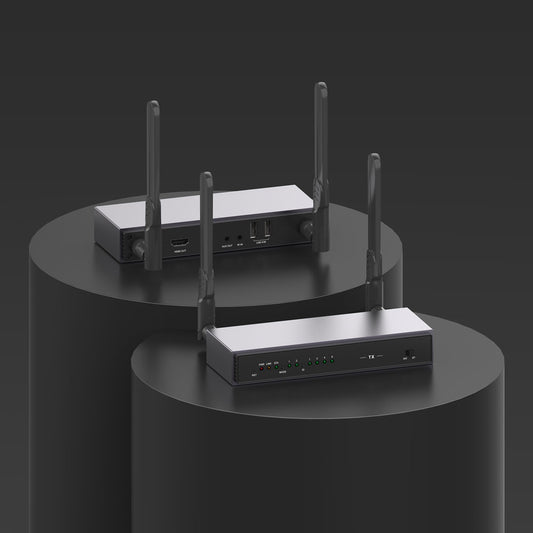
How To Set Up A Successful Hybrid Meeting?
When the epidemic initially started, companies had to swiftly adjust to the new limitations and come up with inventive ways to convert in-person activities to virtual ones. But where would you rather work together than in a real meeting space? In-person and remote, real and virtual, are all combined in hybrid meeting spaces. Businesses must rethink their digital capabilities and physical environments to promote productivity in hybrid meeting and keep employees engaged.
Our professional life today includes hybrid work, which means that there are always people working remotely. This leads to meetings where a large group of people interacts with a variety of people who are calling in to connect. In order to make these "hybrid meetinging" successful, we need to rethink how we approach them. How can we design a shared experience for all participants so that nobody is mistakenly left out and everyone is connected?
The best practices listed below are the result of our inquiries and input from our coworkers' and clients' projects in an effort to provide an answer to that query.
Hybrid Meeting Definition
We were able to quadruple the number of video calls alone in 2020. Lockdowns forced businesses to drastically alter their workplace cultures.
A portion of the attendees at a hybrid meeting are all present in the same location. Through a web conference or conference call, additional attendees join the meeting. Hybrid meetings are among the most challenging for facilitators to run because you can't rely on everyone having access to the hybrid meeting technology or on everyone using sticky notes or other physical resources. If anyone is virtual, everyone is virtual, according to experts on remote teamwork. This means that every meeting, including remote participants, should be relocated totally into the virtual meeting area.
Challenges of Hybrid Meeting
Hybrid Meeting System must handle both in-person and virtual communication, and make sure that they seamlessly integrate because a hybrid meeting is no longer solely in-person or virtual.
Three key aspects of the system must be taken into account to create a positive hybrid meeting experience: audio, video, and ease of use. The efficacy, fun, and inclusivity of the meeting room are all enhanced by a smart hybrid meeting system.
1. Is everyone able to hear?
This page discusses the interactions between your loudspeaker and microphone. Everybody's voice will be heard and picked up.
Hearing each other may not be a difficulty when people meet in person. However, virtual attendees may only hear a fragmented conversation if your meeting room's microphone is not properly picking up everyone's voice.
Can everyone clearly hear the voice from the virtual speakers and the sound from the computer?
The discussion may frequently be interrupted by irritating echoes if the microphone and speaker system are not correctly adjusted.
As a result, having a speakerphone in your hybrid meeting room that picks up sounds and voices from all directions is essential. There is no need for any additional theatrical yelling in the conference space because the team can plainly hear every employee, whether or not they are seated in the main seat.
2. Is everyone able to see?
The conference space absolutely needs the main screen. A wide-range webcam that feeds the entire room would be more accommodating for virtual participants in the interim because they would no longer need to converse with invisible coworkers.
More than only words are used in communication. Being able to see one another is essential since we also communicate nonverbally. A webcam that can transmit the entire physical meeting room will be available.
It would be beneficial to have a webcam with presenter tracking mode.
When the meeting space is larger than average, a good-sized video wall aids in providing each participant with a high-quality, clear picture.
3. Use wireless screen technology to make the meeting more efficient!
78% of workers simply want to enter the conference room, log on to any accessible technology, and start working. In addition, they want to use laptops to do this. 70% of workers said they prefer to host calls and meetings on their laptops.
You should think about how people will connect to the conference room ecosystem if you want to get the most out of it. Most employees—65%—find it challenging to understand various settings and how to interact with them when they travel between rooms. Too many connections, control panels, and user interfaces are present. Make it as easy as you can, ideally wireless.
Like a hub, hybrid meeting solutions like ProScreenCast Conference connect every piece of technology in any given space.

However, do you already use a fixed conference room setup like Microsoft Teams, Zoom, or Cisco Webex? You should use the ProScreenCast screen mirroring device. The seamless wireless content sharing can be quickly set up in 30 seconds without the need for an app. It can automatically pair, elevating the user experience and fostering greater collaboration in these hybrid meeting.








